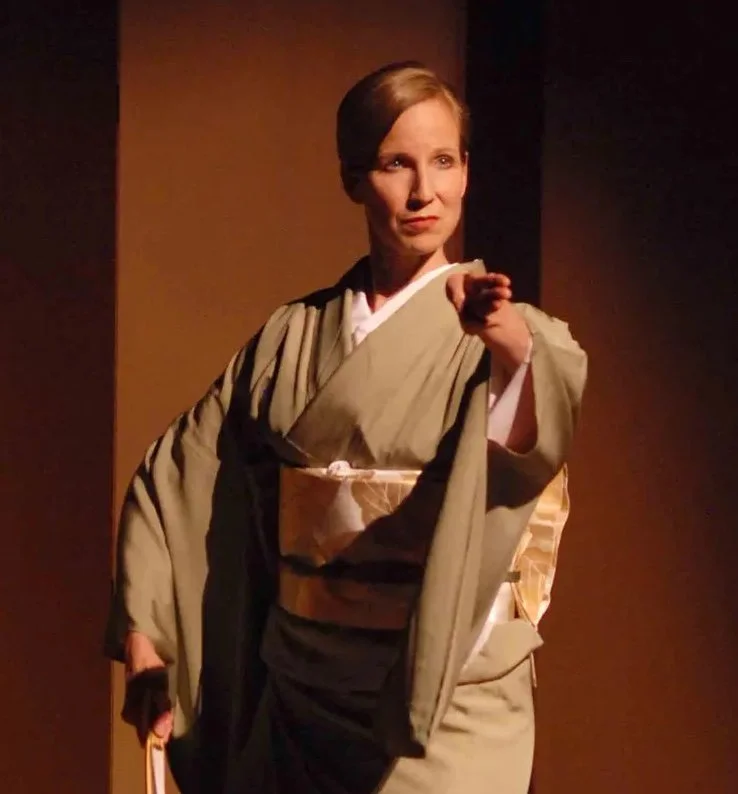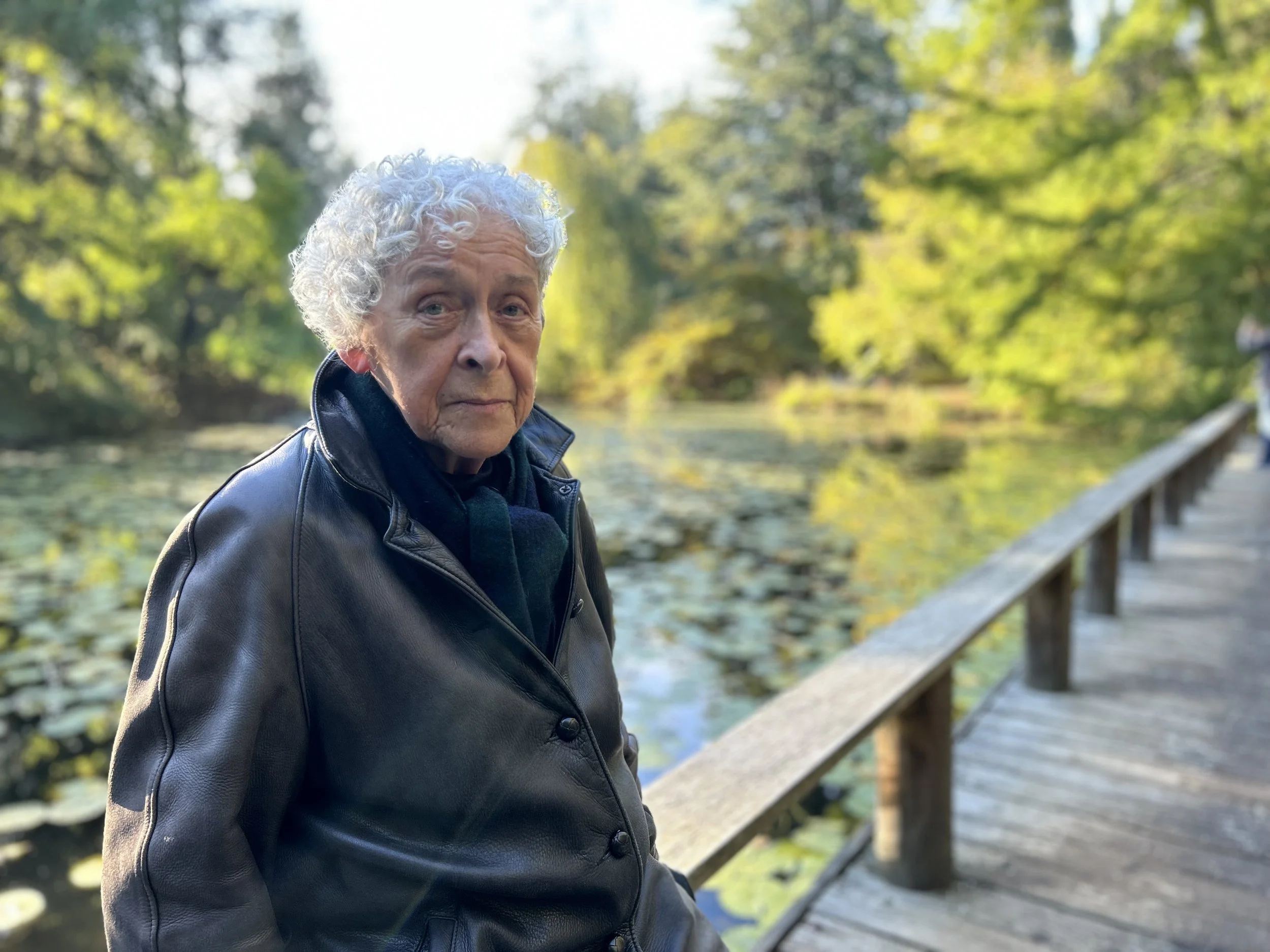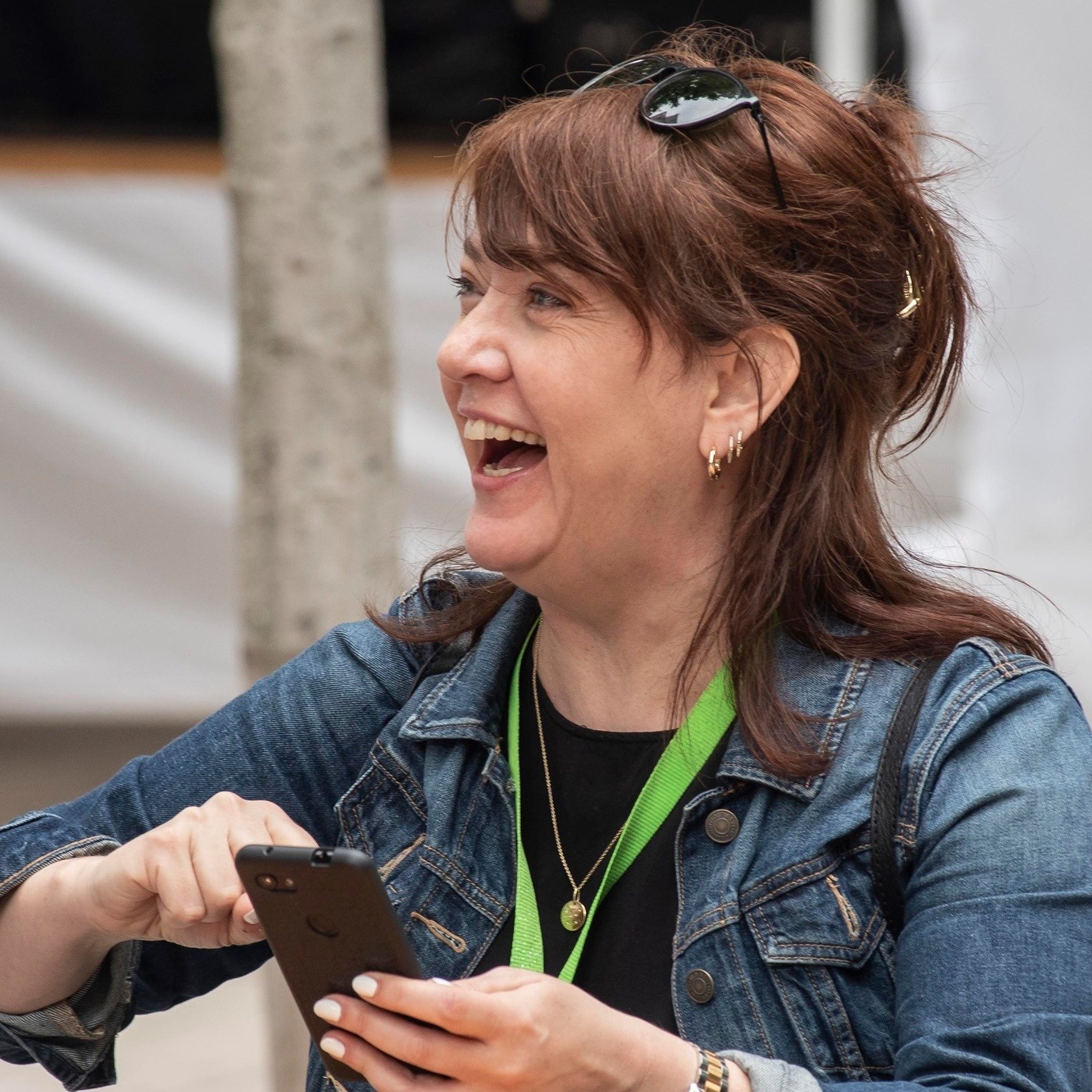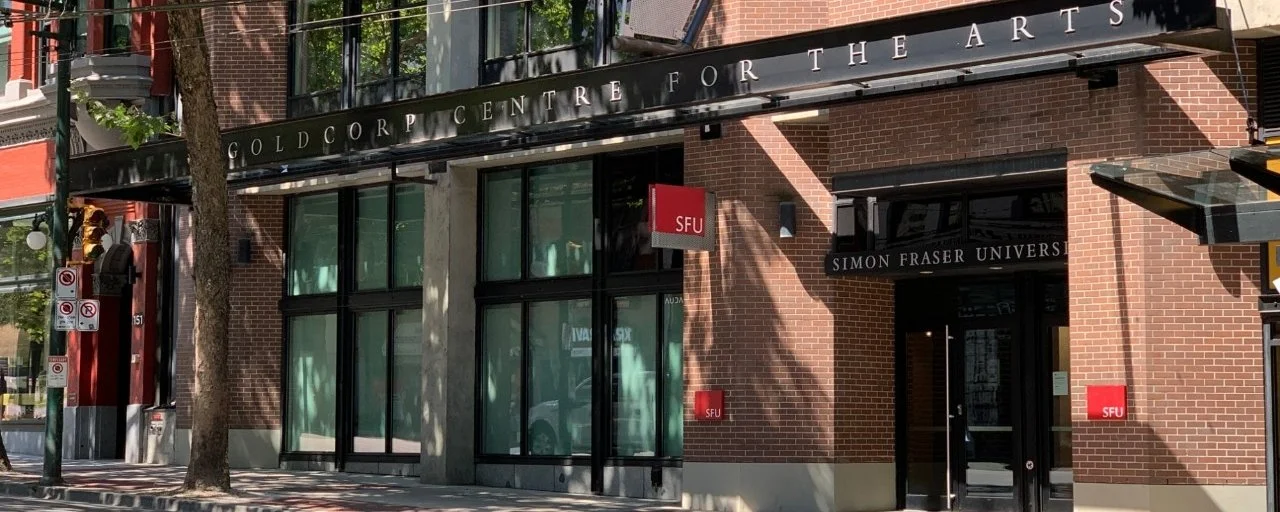TomoeArts artistic director and Japanese classical dance master Colleen Lanki passes away
She brought her passion for Noh theatre and nihon buyoh to Vancouver
Colleen Lanki
THE BOARD OF DIRECTORS of Vancouver’s TomoeArts Society has announced the passing of its artistic director Colleen Lanki—a rare Westerner able to pursue the classical Japanese nihon buyoh form to its highest levels.
Born and raised in East Vancouver, Lanki moved to Toronto and then Tokyo in 1995, planning to teach English and to take in live Japanese performing arts for a year before moving home again.
“But then I saw a kabuki play and it moved me so much,” she once told this reporter in an interview. “I asked artist friends about finding a teacher, which is not easy—you really have to be introduced and you commit to the long term.”
She would go on to study both the traditional Japanese Noh art form as well as nihon buyoh under master dancer Fujima Yūko (who died in 2002), taking the professional dance name Fujima Sayū. While in Tokyo, she worked as a performer, director, choreographer, and acting instructor, and founded Kee Company—a group dedicated to intercultural, collaborative performance from around the Pacific Rim.
Lanki blended her Japanese-based skills with her own training in western theatrical techniques and contemporary choreographic styles (her first professional job had been as a dancer-actor at the Theatre Royal in Barkerville). Eventually she formed the interdisciplinary and culture-bridging TomoeArts here in 2009. (The company was named for tomoe, an abstract shape that looks like a whorl-like comma and is usually found in a pattern of two or three, and for Tomoe Gozen, a female warrior general in the Genji clan in 12th century Japan. She is described in the Tale of the Heike and is the title character of the warrior noh play Tomoe.)
Her other credits included helping to found Theatre Nohgaku, an international group dedicated to the performance and teaching of Noh theatre, and pursuing her doctorate at UBC, writing about the work of avant-garde playwright Kishida Rio.
Her interdisciplinary works here included Ten Nights of Dream, created with composer/musician Alcvin Ryûzen Ramos; EN: a raincity street dance, a site-specific work featuring photos from community photographers; and The Komachi Variations, which played in Vancouver and Tokyo. Through TomoeArts, she presented a show dedicated to her original nihon buyo instructor, Yuko-kai—A Concert of Japanese Dance, at the Scotiabank Dance Centre in 2018.
As the passionate and tireless artist wrote on her own website: “I love total theatre—performance that embraces music, dance, story, and spectacle. I love virtuosity and artists who devote their lives to intensive training then create innovative work with their skills. The act of artists coming together to create performance gives me hope in humankind. I also believe that an artist needs to honour each facet of their identity and experience because this it what makes up the stories they share.”
On social media today, TomoeArts’ board said: “In these sad times, our hearts go out to her family and friends. Colleen was the heart of Tomoe Arts and to the end embodied her sensei Fujima Yūko’s dream of bringing together people from many backgrounds to celebrate the beauty of traditional and contemporary Japanese dance and theater. Whether it was through performances or her teaching, she has inspired and enriched the lives of many.
“Even through the many challenges of the past year, she continued creating and collaborating. Her last choreography and performance was a dance commission from the Chinese Music Ensemble, using a reconstruction of a Tang-dynasty piece from ca. the 8th-century AD. It combines softness with some ferocity. Beautiful editing by Yasu Okada. If you have not had a chance to see it, please enjoy this beautifully moving piece.”
With that in mind, Stir shares the her beautiful final piece, on video, at the bottom of this story.














